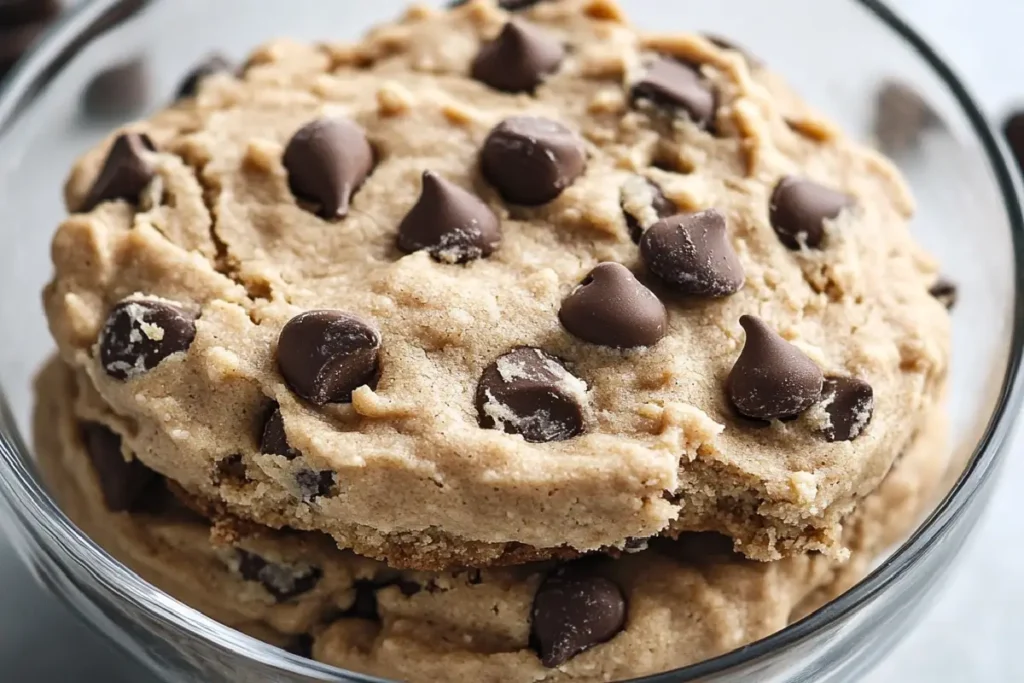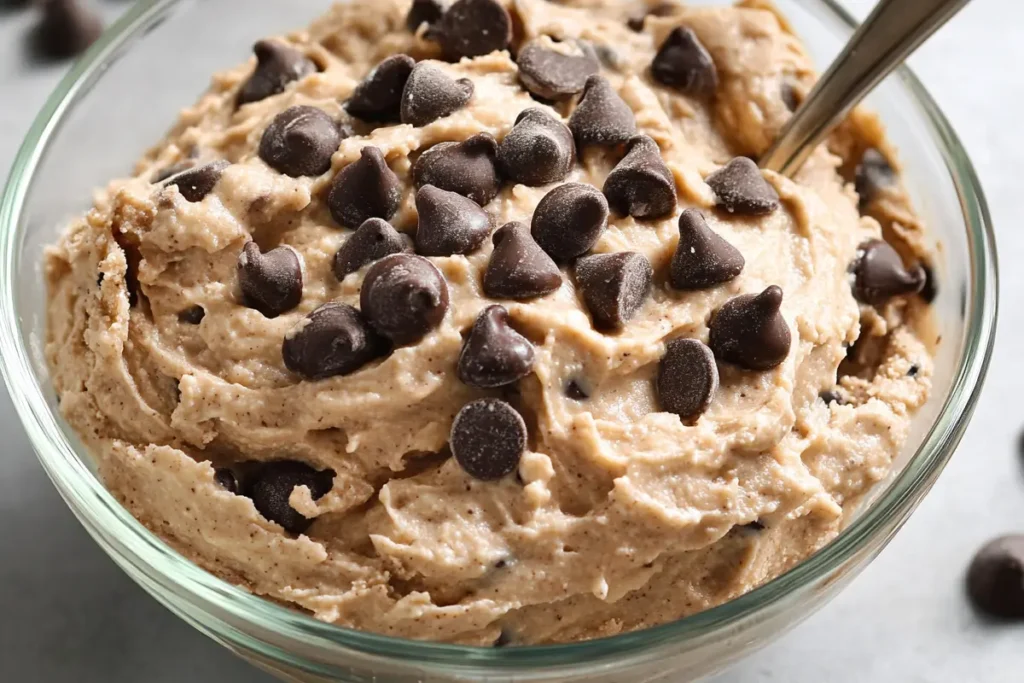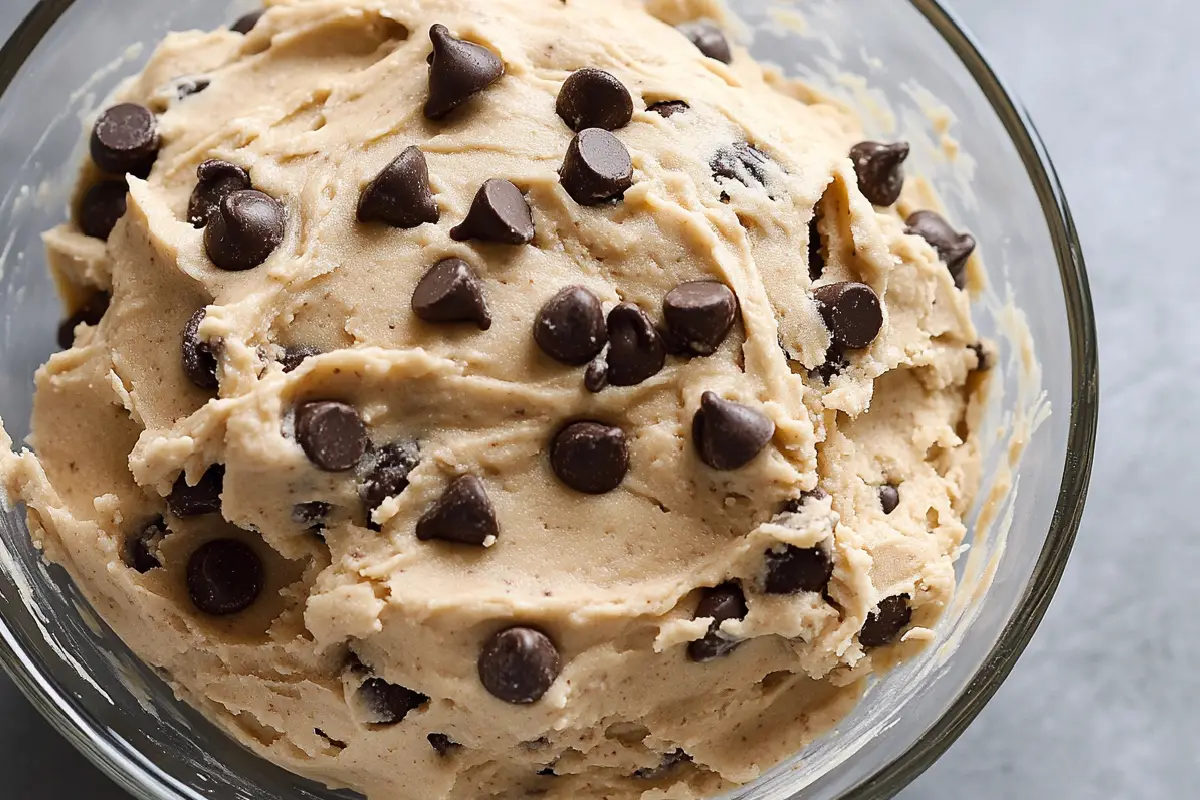Table of Contents: Why Are Protein Cookies So Dry?
Introduction: Why Are Protein Cookies So Dry?
Picture this: you’ve spent hours mixing, shaping, and baking a batch of protein cookies, only to bite into something that crumbles like sawdust. Sound familiar? Protein cookies should be the perfect marriage of chewy satisfaction and muscle-building fuel, but too often, they turn into dry, gritty disappointments. The good news? It’s not your fault—it’s likely one of five sneaky baking mistakes sabotaging your snacks.
Let’s face it: protein cookies are the superheroes of healthy treats. They’re quick to make, packed with nutrients, and ideal for post-workout cravings or lunchbox surprises. But just like our fan-favorite No-Bake Protein Bars, which balance fudgy texture with clean ingredients, protein cookies deserve to be moist, flavorful, and downright addictive. In this guide, we’ll tackle the science of baking with protein powder, share pro tips for soft-centered results, and turn those sad, crumbly disks into cookies worth savoring. Ready to bake smarter? Let’s dive in!
What Are Protein Cookies?
Let’s address the elephant in the room: why call them “protein cookies” and not just… cookies? Well, it’s not because they taste like chalk (we promise!). These treats earn their name by swapping refined flours for protein-packed alternatives like whey or plant-based powders, turning dessert into a gym-friendly fuel source. Think of them as the lovechild of a chocolate chip cookie and your post-workout shake—minus the weird aftertaste.
But here’s the kicker: protein cookies have a reputation for being drier than a desert breeze. Why? Blame it on protein powder’s moisture-zapping superpowers. As the saying goes, “the way to a heart-healthy lifestyle is through your stomach”—and we’re here to ensure these cookies win hearts, not trash cans. Ready to crack the code? Let’s bake!
Why You’ll Love This Recipe

- Moisture Magic: Say goodbye to crumbling disasters! This recipe uses clever ingredient swaps (hello, applesauce and nut butter) to lock in moisture without sacrificing protein power.
- Budget-Friendly: Store-bought protein cookies cost 3+perserving.Thishomemadeversionslashespricestounder3+perserving.Thishomemadeversionslashespricestounder1—and tastes 10x better.
- Customizable Cravings: Add mix-ins like dark chocolate chunks, dried cranberries, or sea salt flakes. Prefer peanut butter? Swap it in! (Psst: If you loved our Protein Pancakes, you’ll adore these.)
Whether you’re meal-prepping snacks or treating your sweet tooth, these cookies deliver guilt-free indulgence. Ready to bake your best batch yet? Let’s get mixing!
How to Make Protein Cookies
Quick Overview
- Prep Time: 10 minutes
- Cook Time: 12 minutes
- Key Perks: No chill time, one-bowl mixing, and soft-baked texture.
Key Ingredients
(Include high-quality image of ingredients here)
- 1 cup (90g) vanilla whey protein powder (or plant-based)
- ½ cup (60g) oat flour
- ¼ cup (60g) unsweetened applesauce
- 2 tbsp (30g) almond butter (or peanut butter)
- 1 tsp baking powder
- ¼ cup (60ml) almond milk
- ⅓ cup (50g) dark chocolate chips
Step-by-Step Instructions
- Mix Dry Ingredients: In a bowl, whisk protein powder, oat flour, and baking powder.
- Add Wet Ingredients: Stir in applesauce, almond butter, and milk until dough forms (don’t overmix!).
- Fold in Chocolate: Gently mix in chocolate chips.
- Scoop & Bake: Roll dough into 8 balls, flatten slightly, and bake at 350°F (175°C) for 10–12 minutes.
- Cool & Enjoy: Let cookies rest 10 minutes—they’ll firm up as they cool!
What to Serve With Protein Cookies
- Post-Workout Combo: Pair with a cold glass of almond milk and sliced strawberries.
- Meal-Prep Snack Pack: Add yogurt-covered raisins and a handful of almonds.
- Decadent Dessert: Crumble over vanilla Greek yogurt for a protein-packed parfait.
Top Tips for Perfecting Protein Cookies
- Protein Powder Matters: Avoid “isolates”—they’re drier. Opt for casein or blends with added starch.
- Don’t Overbake: They’ll firm up as they cool! Pull them out when edges are just golden.
- Binders Are Key: No applesauce? Mashed banana or pumpkin puree work wonders.
Storing and Reheating Tips
- Room Temperature: Store in an airtight container for 3 days.
- Freeze Dough: Shape raw dough into balls and freeze for up to 3 months. Bake straight from frozen (+1–2 minutes).
- Revive Stale Cookies: Microwave for 8 seconds with a damp paper towel.
FAQs: Why Are Protein Cookies So Dry?
Q: Can I use plant-based protein powder instead of whey?
A: Why Are Protein Cookies So Dry? Plant-based powders (like pea or rice) absorb more moisture—add 1-2 tbsp extra milk or applesauce to balance texture.
Q: Why do my cookies crumble when I bite them?
A: Why Are Protein Cookies So Dry? Overbaking is likely! Pull them out when edges are just set—they’ll soften as they cool.
Q: Can I skip oat flour for a gluten-free option?
A: Why Are Protein Cookies So Dry? Swap oat flour with almond flour, but reduce protein powder by 2 tbsp to avoid dryness.
Q: How do I make these cookies softer?
A: Why Are Protein Cookies So Dry? Add 1 tbsp Greek yogurt or mashed banana to the dough for extra moisture and chew.
Q: Can I freeze baked protein cookies?
A: Why Are Protein Cookies So Dry? Yes! Freeze in an airtight container for up to 2 months. Thaw at room temperature or microwave for 10 seconds.

Conclusion: Why Are Protein Cookies So Dry?
Dry protein cookies? Not on our watch! With these fixes, you’ll transform every batch into soft, crave-worthy treats. Got a baking win? Tag us on Instagram—we’d love to see your creations!

Best Protein Cookies
- Total Time: 22 minutes
- Yield: 8 cookies 1x
- Diet: Gluten Free
Description
Say goodbye to dry protein cookies! This easy recipe solves the “Why Are Protein Cookies So Dry?” mystery with simple ingredient swaps and pro baking hacks. Moist, chewy, and packed with 8g protein per cookie—perfect for gym bags, meal prep, or guilt-free dessert!
Ingredients
- 1 cup (90g) vanilla whey protein powder (or plant-based)
- ½ cup (60g) oat flour (or almond flour for gluten-free)
- ¼ cup (60g) unsweetened applesauce (or mashed banana)
- 2 tbsp (30g) almond butter (or peanut butter)
- 1 tsp baking powder
- ¼ cup (60ml) unsweetened almond milk
- ⅓ cup (50g) dark chocolate chips
Instructions
- Preheat Oven: 350°F (175°C). Line a baking sheet with parchment paper.
- Mix Dry Ingredients: Whisk protein powder, oat flour, and baking powder in a bowl.
- Combine Wet Ingredients: Stir in applesauce, almond butter, and almond milk until dough forms (do not overmix).
- Add Chocolate: Fold in chocolate chips gently.
- Shape Cookies: Roll dough into 8 balls, flatten slightly, and place on the baking sheet.
- Bake: 10–12 minutes until edges are lightly golden.
- Cool: Let rest 10 minutes before serving (they firm up as they cool!).
Notes
- Protein Powder Tip: Avoid isolates—use casein or blends with starch for moisture.
- Gluten-Free: Substitute oat flour with almond flour.
- Freezer-Friendly: Freeze dough balls for up to 3 months; bake from frozen (+1–2 minutes).
- Prep Time: 10 minutes
- Cook Time: 12 minutes
- Category: Snacks / Desserts
- Method: Baked
- Cuisine: American
Nutrition
- Serving Size: 1 cookie
- Calories: 120
- Sugar: 3g
- Sodium: 85mg
- Fat: 5g
- Saturated Fat: 1.5g
- Unsaturated Fat: 3g
- Trans Fat: 0g
- Carbohydrates: 10g
- Fiber: 2g
- Protein: 8g
- Cholesterol: 10mg
Keywords: why are protein cookies so dry, protein cookie recipe, healthy protein snacks, moist protein cookies

